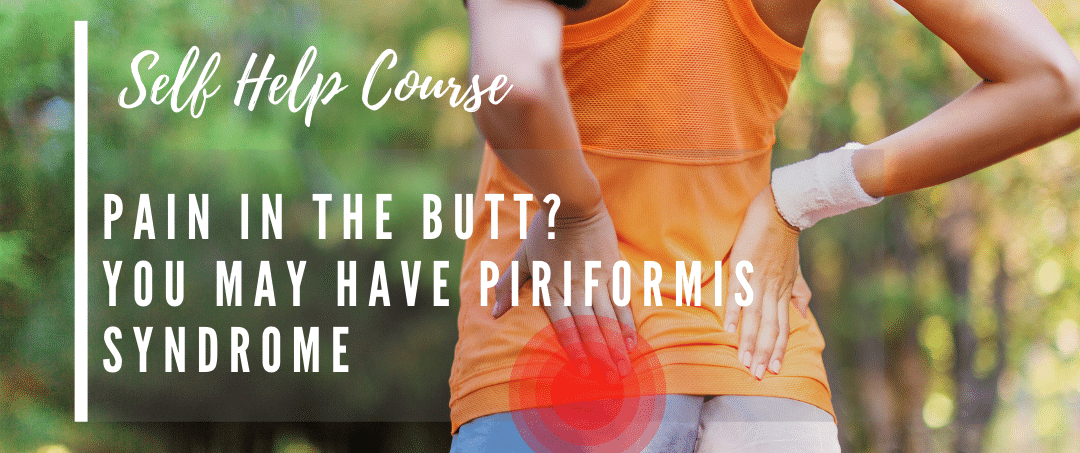What are the Options in the Treatment for Acetabular Dysplasia?
In this last of a 3 part blog series, we are looking at the options in the treatment for acetabular dysplasia. Acetabular dysplasia in the hips, also often known as developmental dysplasia refers to an underdeveloped hip socket on the pelvis, the “acetabulum”. This bony problem may in some people result in hip joint instability, early wear of the joint structures, and ultimately hip pain and osteoarthritis¹. Learning about possible treatment interventions early as key to a likely better outcome.
Want to know more? In the first blog we looked at what acetabular dysplasia actually is and the different types of dysplasia that exist.
Our second blog looked at the usual symptoms of acetabular dysplasia, where initial detection as a child may have been missed. We also look at what may be the possible causes of this condition.

Treatment for Acetabular Dysplasia in Babies and Adults
In most countries, new born babies are routinely screened for acetabular dysplasia. A physical test is usually performed to assess for stability of the hip and if there is a concern, an ultrasound assessment may be requested. If a diagnosis of acetabular dysplasia is made, excellent results can be achieved with double nappies, braces or splints to keep the hips in a ‘frog-leg’ type position.
This position allows the ball to push into the socket and help it mold around the ball shape of the head of the femur. Baby’s bones are still very elastic and change in shape can be achieved, which is why early diagnosis is best.
Many adults however function very well with mild acetabular dysplasia and are not even aware they have the condition. Acetabular dysplasia may only become a problem in situations where the alteration in bony shape is more severe, or if a lot of repetitive load is placed across a dysplastic joint (e.g. long-distance running).
If pain associated with acetabular dysplasia is diagnosed in an adult, the options depend on the age of the adult and the health of the joint. If there are already signs of hip joint osteoarthritis (cartilage wear), treatment for osteoarthritis will be offered. You can read more about osteoarthritis here.












